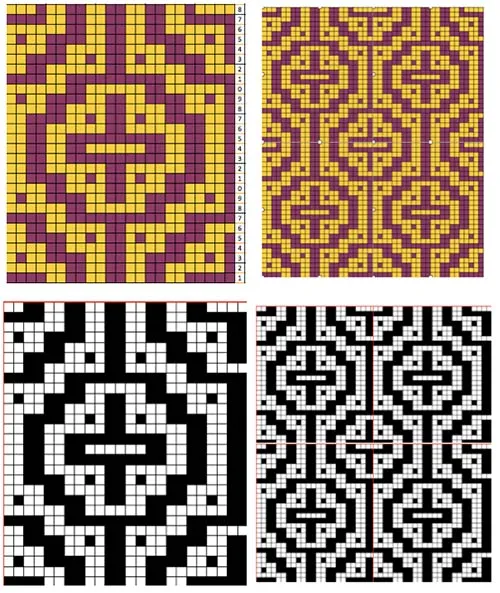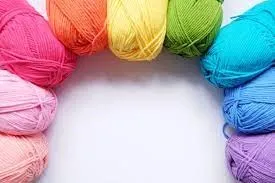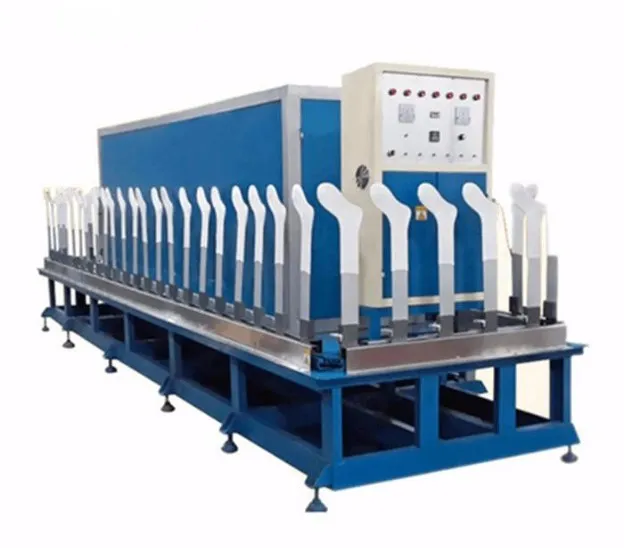Chapter 1: Detailed Socks Manufacturing Process
The manufacturing process of socks is not a high-tech industry but a series of detailed processes. Every step of the series is interacted with and coordinated to produce high-quality requirements within the required time. Delay in one step automatically delays all of the steps. Let's take a look at the detailed socks manufacturing process.
As we have mentioned there are overall 7 steps for manufacturing customized socks.
1. Pattern coding for customized socks,
2. Preparation of yarn,
3. Knitting customized socks,
4. Linking/sewing customized socks,
5. Boarding of customized socks,
6. Pairing and labeling of customized socks
Pattern Coding For Customized Socks
The process starts with selecting a design. We have many designs in our showroom and almost all designs in our factory outlet. Clients are always welcome to visit our factory and look at our designs. Once you finalize the design from our collection or send us a customized design. When a client orders a customized design for manufacturing we start working on it. But knitting machines are not that intelligent to directly read the design. For knitting machines, the design is converted into codes that are readable by the knitting machines. We have a team of professionals who translate the designs and convert designs into bitmaps and then into codes that knitting machines can translate.
The needles of the knitting machine mean the width of the flat bitmap. And different needles of knitting machine means different widths of flat bitmap. For example, 96N, 144N, 168N, and 200N needles of machines mean the widths of the bitmap are 96, 144, 168, and 200 pixels, accordingly. And the reason that socks cant present many detailed patterns is the limit of thread count.
Preparation of yarn
Yarn is the basic element of the manufacturing process. Preparation of yarn is also very important. We have high-quality suppliers for yarn. We have thousands of colors of yarn in our stock and tons of plain yarn that can be dyed according to the client's requirements-. For manufacturing customized socks we confirm two important things: Yarn composition (material) and colors. As we have mentioned that we use the main materials that we use for manufacturing Christmas socks, funny socks, and sustainable socks are different.
➔For Christmas socks, high-end customers choose cotton and spandex, and the low-grade market is primarily focused on polyester,
➔For funny socks, 85% of customers go with cotton, 10% ask for polyester, and only 5% of high-end brands choose merino wool,
➔For sustainable socks, we use recycled polyethylene terephthalate and for organic socks, we use organic cotton, organic wool, and bamboo fiber.
So according to customer needs, we ordered yarn materials and next is yarn colors. We have different types of materials with color books. For example cotton color book with 354 colors, polyester with 260 colors, and many others.
Knitting Customized Socks
As we have discussed in step 1 about knitting codes, using these codes needles knit various threads and make a specific design. These machines work at a high speed and can make a wide variety of customized socks. At this point, we have a 1st line inspection to avoid mistakes.
Linking/sewing Customized Socks
During knitting, knitting machines produce a long cylinder tube. To join the separated toes parts of customized socks we need sewing. Mainly we do it with machines because they do it more quickly and save a lot of time. Sometimes this process is carried out manually but this costs a lot of time. During sewing one by one workers can easily identify defective pieces and can separate them. Second line inspection will be made after linking.
Boarding Of Customized Socks
During this process, the shape of the socks is maintained so they can easily be identified, paired, and packed. The boarding process also helps socks to stay clean and soft. Steam is used in this process under a fixed temperature and pressure. The socks are dried naturally after boarding.
Pairing and Labelling of customized socks
The final step of the detailed manufacturing process of customized socks is the pairing and labeling of customized socks. This step is also the final and third inspection step to identify any deflection in customized socks. At this point, the left and right socks are combined and paired together and then passed on to the next step for labeling. At this point, accessories are attached to the socks before packing.
Custom Socks FAQ: 1. Process |
2. Manufacturing |
3. Shipment |
4. Timing |
5. Designs |
6. Size |
7. Accessories |
8. Maintainance |
9. Fold |
10. Carton |
11. Cost |
12. Samples |
13. Payment |
14. Volume |
15. HS Code |
16. Taxes |
17. DTD |
18. Freight |
19. Save |
20. Addition |
21. Courier |
22. Incoterm |
23. Track |
24. Import |
25. Insurance |
26. Clearance |
27. Why


